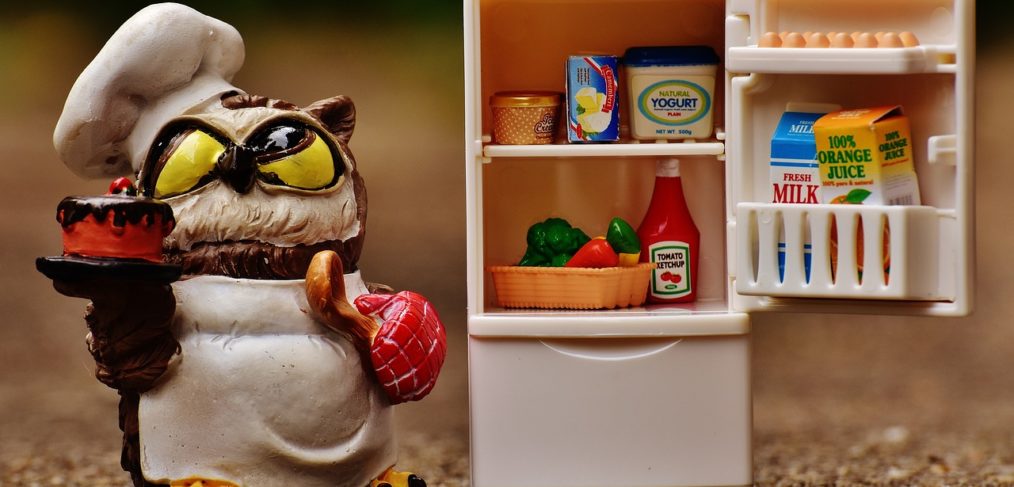
American Refrigerator
What’s in your refrigerator? Is it full of real food or just food-like substances? I got a glimpse of a typical American refrigerator the other day. Unfortunately, I couldn’t have made a satisfying meal with its contents.
Is This Your Refrigerator?
When I opened the door, incredulity overtook me. I found beverages, condiments, trans-fats, leftover fast food, and refined white flour products. In short, man-made products filled the shelves. I saw beer, wine, pop, flavored water, and Coffee Mate. Moreover, margarine, bread, buns, tortillas, leftover pizza, and a single lemon shared the compartments.
But, were the vegetables? Well, yes, if potatoes count! But, where was there protein? I suppose I could name the flavored, sweetened yogurt, and the processed cheese.
Is this the sum of an American refrigerator? Next, I opened the freezer. My dismay remained: ice cream, popsicles, waffles, and a box of chicken nuggets stood frosty and ready.
Cupboards to Rival This American Refrigerator
Maybe I would find real food in the cupboards.
I didn’t.
Similar to the refrigerator, there were substances to satisfy one’s cravings: popcorn, crackers, chips, chocolate chips, and Swedish Fish. If I intended to cook, I could have used the white flour, sugar, shortening, and vegetable oil. Then, I could pour imitation syrup on top. In summary, I discovered only three “meals” – instant oatmeal, canned soup, and canned chili. (Peanut butter is not a meal!)
Why is the American Refrigerator Problematic?
A steady stream of empty-calorie foods degrade your health. Unquestionably, food-like substances have been linked to fatigue, depression and diabetes. These non-foods negatively impact the function of your heart, your liver, and your brain. Furthermore, they can damage your memory and cause dangerous swings in your blood sugars. Not to mention increasing your risk of cancer. Lastly, they impair your digestion.
Refrigerator Makeover
So, how do you create a super-stocked refrigerator?
- Start with produce. No health practitioner will argue that you need fewer plant foods. Fruits and vegetables are critical to optimal wellness. Your body needs the fresh leafy greens, brightly- colored tree and vine fruits, and cruciferous vegetables you store in the refrigerator. Strive for variety and include as many colors as possible.
- Visit the butcher block and the fishmonger. While you don’t need an excess of protein, you should include good quality animal products in your diet. Regardless of your chosen diet, eat no less than 20 grams of protein per meal. Seafood and pastured animals provide building blocks for your red blood cells, hormones, immune cells, organs, bones and muscles.
- Add some natural fats. Grass-fed butter, coconut products, olive oil, nuts, and avocados create health on a cellar level. They support brain health and contribute to beautiful skin, hair, and nails. Also, natural fats make vegetables taste good and are helpful in preparing meats.
- Stick to whole grains. Steel-cut oats are a better choice than boxed cereal, and quinoa trumps pasta. Choose 100% whole wheat over products from refined flour.
No one can give you health. You create it from day to day by the choices you make. So, decide to fill your refrigerator with nutrient-dense food.
